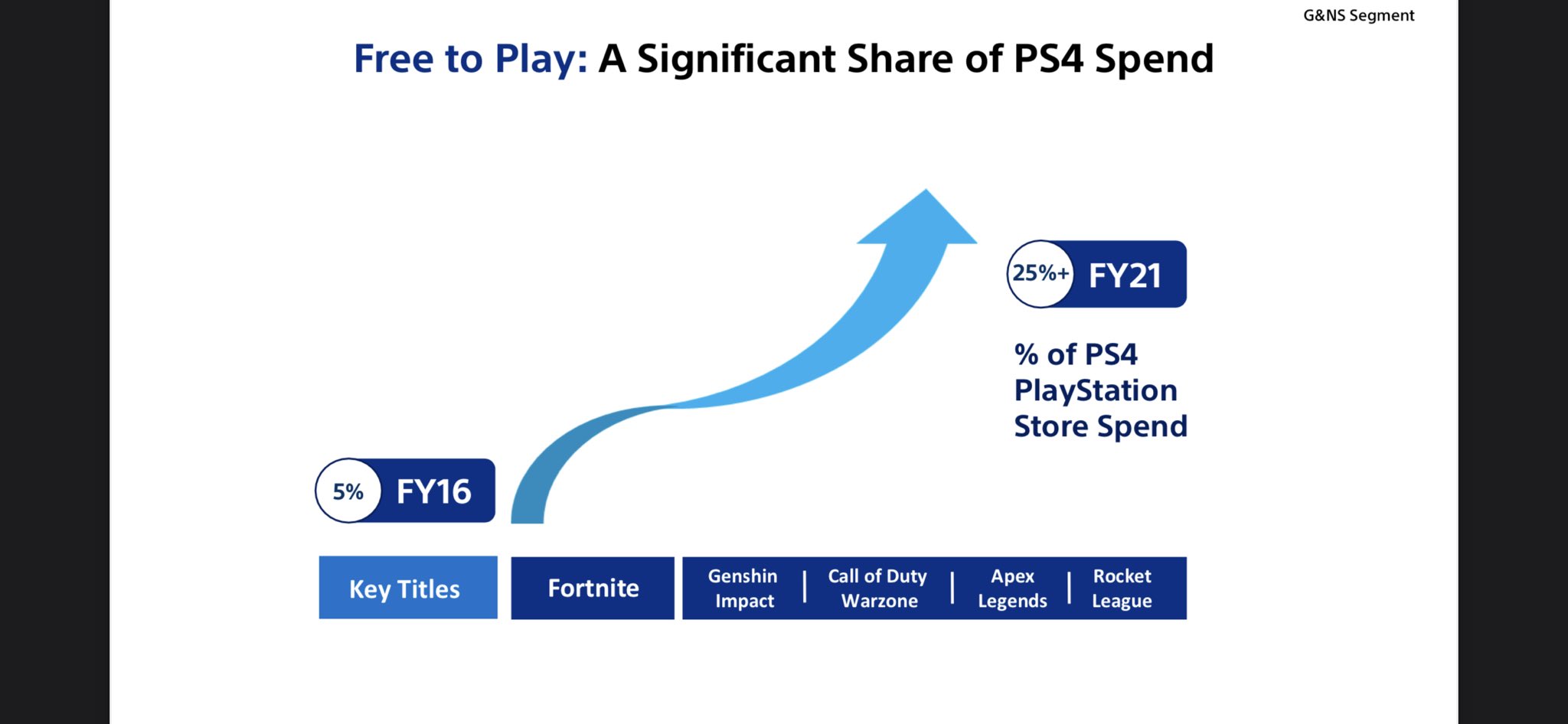- ARPDAUPosted 13 years ago
- What’s an impressive conversion rate? And other stats updatesPosted 13 years ago
- Your quick guide to metricsPosted 13 years ago
Why Sony’s technological focus blinded it to a shift in what its customers want.
I’m reading Tilt: Shifting Your Strategy from Products to Customers by Niraj Dawar about how competitive advantage is moving from upstream (control of manufacturing, R&D, products) to downstream (customer relationships, after sales care, direct contact with your customers).
It’s a fascinating book that argues that most businesses are focused on a business outlook that assumes that the heart of your competitive advantage comes from your product. Dawar argues that for most large companies, this is no longer true, as production and even R&D becomes outsourced and even commoditised. Instead, it is about realising that you can create much more value by giving your customers what they want, when they want it, than you can by shaving a few percentage points off the manufacturing costs. He gives the example of a can of Coke, which can be bought for maybe 25c in a grocery store in a multi pack, but will cost $2 in a vending machine, ready chilled, on a hot day. A customer would happily pay 700% for the right product at the right time.
You should read the book for more insight, but I thought this analysis of the challenges facing Sony would be of interest to GAMESbrief readers.
Observers both inside and outside Sony long characterized its core competence as the miniaturization of consumer electronics, or slightly more broadly, as the development of new consumer electronics products. Sticking to that core competence will yield the occasional blockbuster such as as the Walkman or the PlayStation. But if the company asks, “What else does the customer need?” it will eventually come up with an answer that requires it to stretch its core competence, into areas distant from that core and perhaps to activities where the company is not so competent. When that happens, a company like Janssen Pharmaceutica [another case study] reaches out to outside specialists such as Ranj.
But at Sony, the advent of the Internet appeared to suddenly move the customer out of the company’s orbit. Sony was late to the game. And yet, Sony – in the driver’s seat of pop culture worldwide in the 1980s, when its revenue mushroomed from $3 billion to over $25 billion – should have realised that defining and leading customer preferences was the source of its wins and that its technology was merely an enabler (my emphasis).But the success was misattributed to technological prowess, to the ability of company engineers to develop new products more quickly than the competitors, and to a core competence that was defined solely in terms of technology. Having missed the distribution and connective power of the Internet, the company went into a long-term slump from which it has yet to cover [at the time of publication in 2013], despite a long series of new product launches. Profits dropped below $1 billion by 2004, with the core consumer electronics division losing money. By the end of the decade, the entire company was losing money despite having wrung out an exceptional year of profit in 2008 when it reported a positive result of $3.3 billion, mainly the result of deep cost cutting.
During this period, first Apple raced past Sony by redefining consumer behaviour and preferences in music consumption. Then Samsung caught up and forged past in both sales revenue and technology. In a press interview in 2011, Howard Stringer, outgoing CEO of an embattled Sony said, “We make so much more than we used to… binoculars that can record video and goggles for watching 3D video games and movies… Don’t tell me that Sony technology isn’t great.” Nobody would. But what the company needed to hear was that being wedded to technology was part of the problem at Sony (my emphasis). It was late to teh MP3 party because it didn’t want to let go of CDs; it was late to flat-screen TVs because it was clinging to its proprietary Trinitron technology. And the company continues to define its sccess as well as its future opportunities in terms of products rather than customers. In the choice between sticking close to its knittings or remaining close to the customer, Sony has suffered from choosing the former.
You can buy the book from many places, including Amazon US and Amazon UK
.












